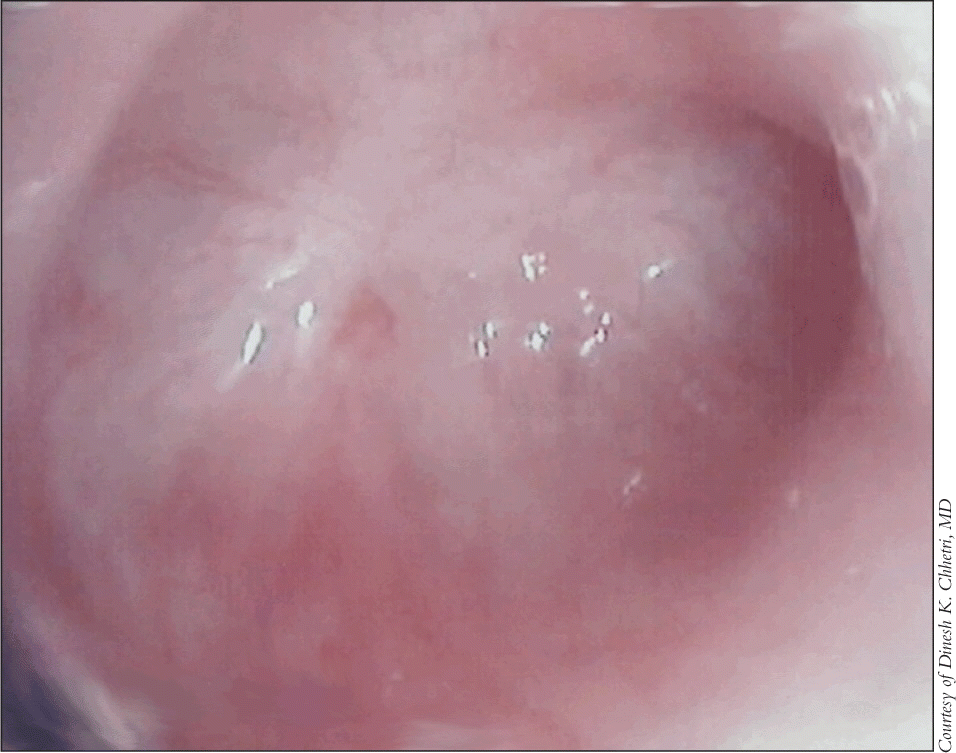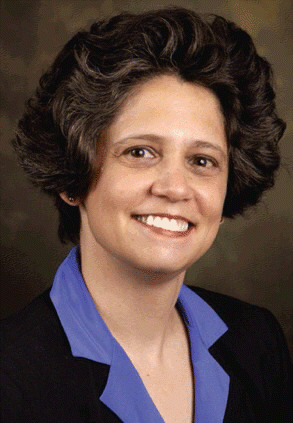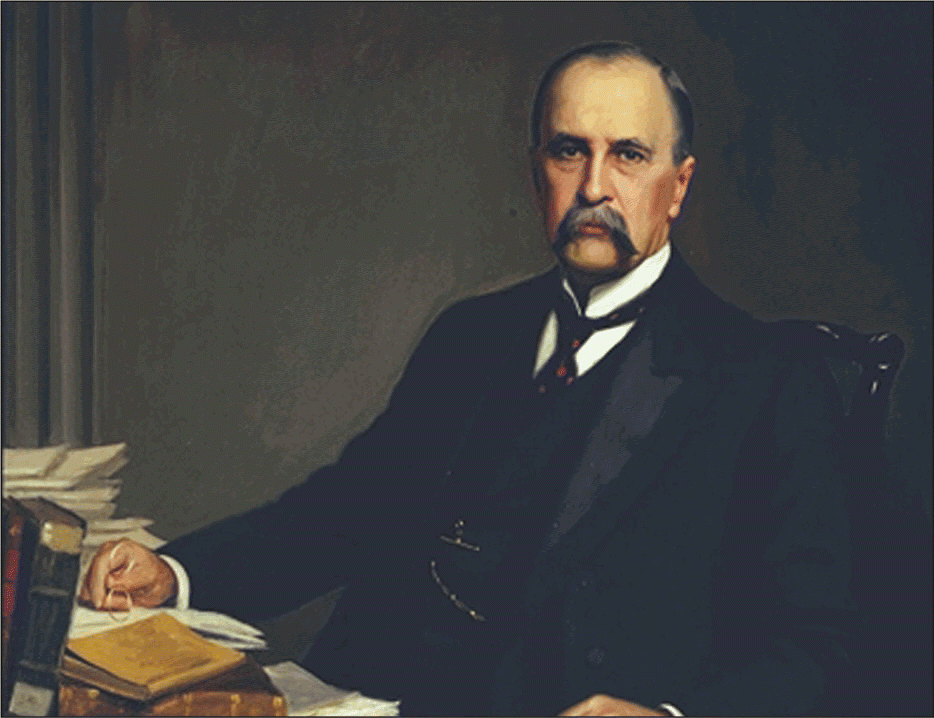Jeffrey Landis [not his real name], 74, had been complaining of swallowing problems for a couple of months.



Several treatments for allergy-related disease have high-quality evidence to support them, according to panelists at a seminar in Chicago at the annual meeting of the American Academy of Otolaryngology-Head and Neck Surgery (AAO-HNS), which focused on evidence-based medicine as the model applies to allergy.

Residents appear to appreciate and value a multimodality teaching module aimed at developing and improving airway endoscopy skills, researchers reported at the 88th annual meeting of the American Broncho-Esophagological Association at the Combined Otolaryngology Spring Meeting.

Organizational medicine relies on the skills and talents of many people who work hard to contribute their best to the advancement of medical care and, most important, to improving the health and well-being of their patients.



Within the ongoing discussion on the need to reform the delivery of health care in the United States to better balance issues of cost, quality, and accessibility is an underlying issue that, if not sufficiently recognized, will undermine all efforts at reform.

As this article is being written, the presidential campaign is in the final heat, and all eyes are turning toward the finish line.
Cellular therapy refers to the use of live cells to replace or repair a damaged organ system. The first widespread use of this approach occurred more than 50 years ago when hematopoietic stem cells (HSCs) from the bone marrow of a healthy donor (allogeneic) were used to replace the hematopoietic system of a recipient after it was ablated during chemo/radio therapy of leukemia, the recipient’s hematopoietic system being “collateral damage” during the eradication of the unwanted leukemia cells.
